Posted on 7/26/2024
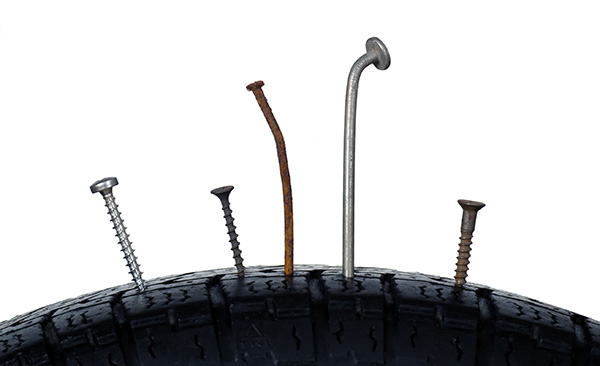
Have you ever experienced that sinking feeling when you realize your tire has been punctured? Whether it's a nail on the road or a sharp piece of debris, a punctured tire can put a serious damper on your day. But the real question that follows is - Should I repair the tire or replace it entirely? This dilemma is more common than you might think, and making the right decision can impact your safety and wallet. Understanding the Extent of Damage Before deciding whether to repair or replace a punctured tire, it's crucial to assess the extent of the damage. Not all punctures are the same. Small punctures, such as those caused by nails or screws, can often be repaired if they are in the tread area. However, if the puncture is on the sidewall or shoulder of the tire, repair is usually not recommended due to the increased risk of failure. Inspect the tire carefully to see where the puncture is located and how severe it is. If the puncture is less than &frac ... read more
Posted on 6/28/2024
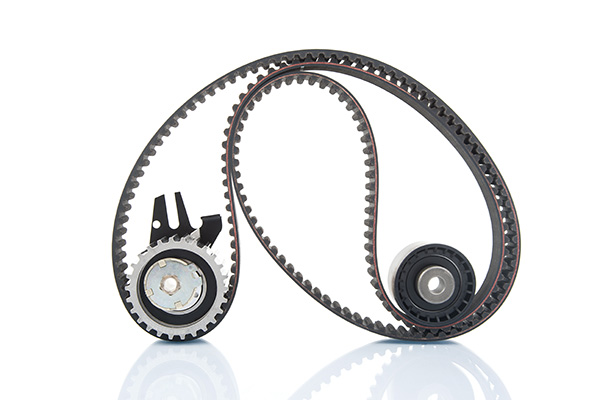
You may not think much about your car's serpentine belt, but it plays a vital role in keeping your vehicle running. Without it, many essential functions in your car would grind to a halt. So, what exactly is a serpentine belt, and when should you consider changing it? We'll explain its purpose and lifespan and give you some maintenance tips to ensure your car remains in top-notch condition. What is a Serpentine Belt? The serpentine belt is a long, continuous rubber belt used in modern vehicles to drive multiple peripheral devices in the engine. This belt winds its way through various components such as the alternator, power steering pump, water pump, air conditioning compressor, and sometimes the cooling fan. Unlike the older V-belt system, which requires multiple belts to perform these functions, the serpentine belt simplifies the engine layout with a single, multi-ribbed belt. This design enhances efficiency and reduces the number of belts that ... read more
Posted on 5/28/2024
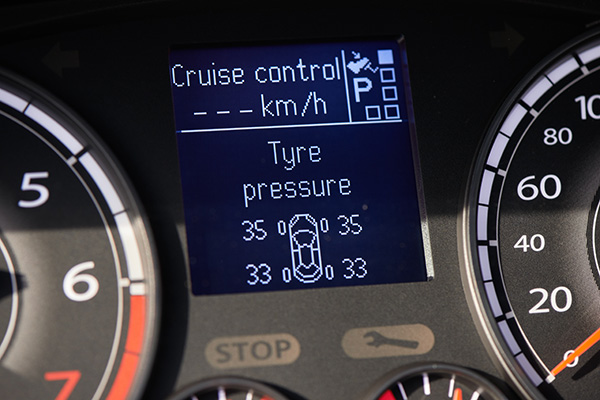
If your TPMS light illuminates, do you start panicking? What could it mean? Is there something seriously wrong with your car? Don't worry; you're not alone. We'll explain why your TPMS light might be on and explore some solutions to get you back on the road worry-free. What is TPMS Let's first understand what TPMS actually is. TPMS stands for Tire Pressure Monitoring System, and its primary function is to alert drivers when one or more tires are significantly under-inflated. This system is crucial for maintaining optimal tire performance, fuel efficiency, and overall vehicle safety. Common Causes of TPMS Light ActivationLow Tire Pressure The most common reason the TPMS light illuminates is low tire pressure. Even a slight decrease in pressure below the recommended level can trigger the sensor and cause the lig ... read more
Posted on 4/26/2024
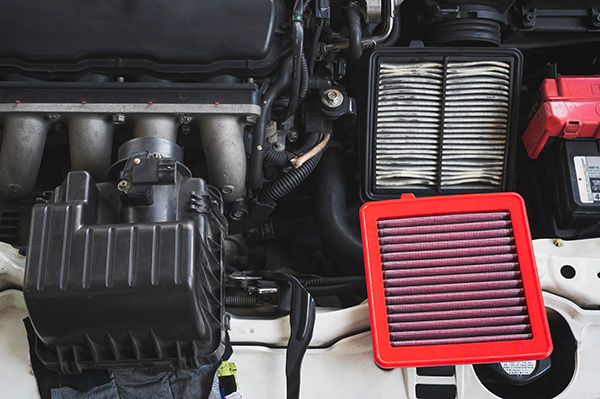
Choosing the right air filter can make a significant difference when it comes to maintaining your vehicle's engine health. We'll explain the difference between regular and high-performance air filters, exploring whether the upgrade is worth it. Regular Air Filters Regular air filters are standard-issue components installed in all vehicles. These filters are designed to effectively capture dust, pollen, and other contaminants from the air, preventing them from entering the engine and causing damage. While they provide adequate filtration for everyday driving conditions, regular air filters become clogged over time, reducing engine performance and fuel efficiency. When this happens, a new one has to be installed on the car, and the old one is just being thrown away. Exploring High-Performance Air Filters On the other hand, high-performance a ... read more
Posted on 3/27/2024
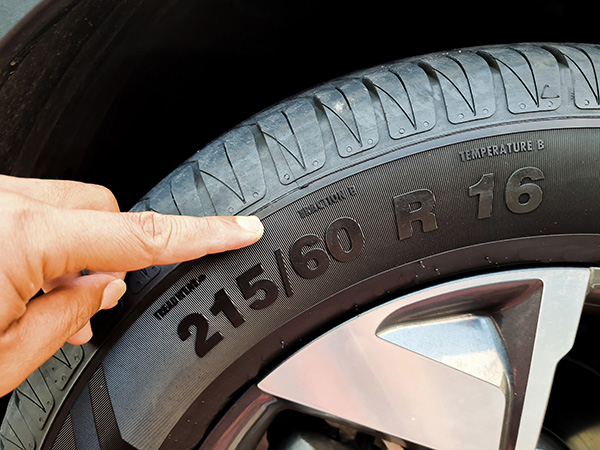
Have you ever glanced at the sidewall of your car tires and been perplexed by the jumble of letters, numbers, and symbols? You're not alone in this puzzling endeavor. Understanding the significance of these tire specifications is akin to deciphering a secret code that holds the key to optimal performance and safety for your vehicle. Tire Specifications At first glance, the sidewall of a tire may appear as a random assortment of characters, but each component serves a specific purpose in obtaining vital information about the tire's size, construction, capabilities, and more. Let's break down the most common elements found in tire specifications: 1. Tire Size The alphanumeric code typically begins with a sequence of letters and numbers, such as P 215/60 R16. Each segment of this code represents essential dimensions: P: Indicates the tire is for passenger vehicle ... read more